Hey Sorry To Bother, Tumblr Mobile Is Hot Garbage And I Was Looking For Something Specific You Posted
Hey sorry to bother, tumblr mobile is hot garbage and I was looking for something specific you posted a while back. It was a post with some tips for drawing I think outfits, and I honestly only remember a bit I think you said basically pick where you want more details to be focused?? With example like simple top+detailed bottom and vice versa. Sorry if that's a weird or bothersome ask? U don't gotta answer obv. Maybe I imagined the post or smth. I was just wondering if by chance u could reblog
i couldnt find it either but i think you might mean this stuff





enjoy
More Posts from Nastysynth and Others









It has been literal years since I've done a tutorial.
Nobody actually asked for this, but for the first picture I did with this type of lighting I actually went and looked up some tutorials online... and couldn't really find any. So a lot of what I did in the first picture I used this type of light was me just throwing spaghetti at the wall.
I figured it out a little more in the second picture, and then I thought: y'know i would've liked to have a tutorial like this in the first place to get a good starting point for myself. So I made one. it is yours now. do what you want with it.
Do you any tips about using ms paint?
I think I have few tips
#1Use 500x500 px or bigger canvas size. Any smaller size will make a brush look messy and shit.Here look:
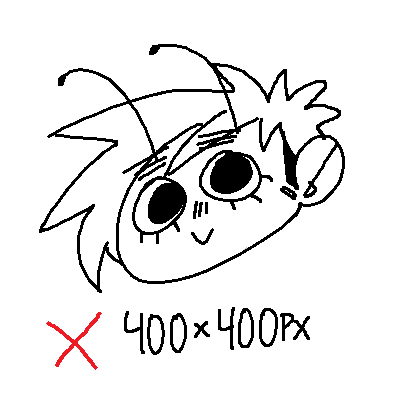

Can you see the difference?? Lineart in 600x600 px is so much smoother
#2

#3

#4 RIGHT MOUSE BUTTON YOU NEED IT

#5
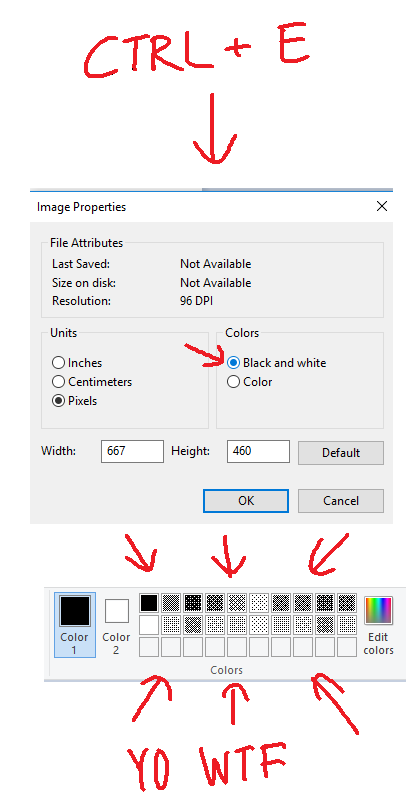

*:・゚✧it’s like manga : *✧・゚
that’s all tbh
i hope this was somewhat helpful
About Yarovit-Yarilo

Today I present you my translation of fragments of two polish academic publications that are great favorites of mine. Fragments chosen are centered around Yarovit and Yarilo. My own comments will be indicated by a „trans. note” disclaimer. The fragments below are merely a part of larger text. I apologize for any context lost to the lack of broader perspective on the whole of the publication.
Mitologia Słowian by Aleksander Gieysztor
Chapter V: Principal deities and myths
Subchapter: „Perun’s many ways - Sventovit, Ruyevit & company, Yarovit-Yarilo”
Yarovit-Yarilo
A deity called Yarovit (trans. note: Herovith, Gerovit, pl: Jarowit) was worshipped in two locations settled by polabian Slavs - in pomeranian Wolgast and in Havelberg, a gord inhabited by the Brizans tribe (pl: Brzeżanie). During the mission of bambergian bishop Otton in Wolgost in 1128 one of his priests hid from an angry crowd in a pagan temple, and there found a giant shield covered in golden plates, that was considered untouchable and would only be carried out during war time, as a blessing of good luck. The preacher snatched the sacred shield and ran back out of the temple terrifying the pursuing crowd - in the sput of the moment they thought they see Yarovit himself. One of the writers compares him to Mars, another calls him the god of war - there is no doubt Yarovit was a martial god. It’s hard to tell if there was any statue in his temple, as the escaping priest only noticed the shield. A shield is a ritual object in many martial cults, for example in roman Regia (trans. note: royal house on the ancient Forum Romanum) a most sacred shield was watched over by guards. So called „Stone of Yarovit” in St. Peter’s church of Wolgast (trans. note: Wolgast is now located in the northeast corner of Germany) is a tombstone dating to the earliest christian times. One of the polabian villagers saw Yarovit appear to him „in the robes of his idol” to warn him about the coming missionaries - so there seems to have existed some idol/statue of him (trans. note: episode from Vita s. Ottonis III by Ebonis).
There are no doubts as to the origin of this deity’s name. It came from the root jar-, jaro- meaning strength or severity, but also conveying the idea of stregth coming from youth, as in slavic word „jar” meaning spring. Similar military competences and analogical anatomy of the names strongly connect Yarovit and Sventovit (pl: Świętowit) with one another and with Perun - the supreme warrior god. We could try to follow Ivanov and Toporov (trans. note: famous russian folklorists) in their attempts to strengthen this thesis by means of analysing folklore and comparative religious studies. The baseline for all scholars here is belarusian text from 1846 describing Yarilo as a young man in white robes, barefoot, with human head under his right arm and stalks of rye in his left hand, in a herbal wreath, on a white horse. A ritual, which took place on 27th of April, to welcome spring before the first plowing, was performed by a procession of young girls, one of them dressed as Jarilo, sitting on a white horse, the others singing to her
„Yarilo wandered all over the world / Rye grew high in the fields, he gave women children / And where he set his foot/ There a stack of rye / Where he’s in the grain/ There the stalks grow tall”
Along Yarovit and Yarilo there is also a third name entangled in the cult practices, „Yarun” (pl: Jarun), a ruthenian idol named in Laurentian Codex, as well as a collection of common slavic words, ruthenian „jarovoj” - „of spring” „vernal”; polish word „jare” used to describe grains planted in the spring (trans. note: as opposed to „ozime” grains growing over the winter), ruthenian and czech word for spring „jar”.
As much as we can question the date and quality of this belarusian text it’s undeniable that there is an archaic note ringing in those beliefs - white robes and white horse, flowers and rye stalks, the head held by a victorious rider, the barefoot man, touching the earth with his feet in a cultically significant way, making grain sprout wherever he steps, opening the fields in the spring, with his name, the surveying of the fields. He has been accepted, his traits amalgamated with those of St. George (Sveti Jurij) who is celebrated in some places on 23rd of April (trans. note: julian, not gregorian), accompanied by burning of female effigy called Marena/Marzanna, personifying winter or death, a harbinger of spring. Sometimes young Yarilo is juxtaposed with the old Yarilo, who gives up his place - perhaps loses it in a fight with his young rival.
We can see a bit of a duality shaping up in the image of Yarovit-Yarilo-Yaruna. On one hand he is a warrior, on another an overseer of agricultural activity, which, despite Ivanovs and Toporov’s opinions, doesn’t take any odd naturalistic interpretations on the part of the people as it naturally belongs to the dominion of supreme deities - even Jupiter comes down to bless the roman farmer during his spring festival Vinalii, that falls on… 23rd April.
We also need to examine the toponimastic evidence: the city of Jarilovo and no less than four settlements called Jarilovic in the area od Novogrod the Great. In 18th century diocese of Voronezh festivities were held around an idol called Yarilo from Wednesday to Friday or Saturday in the week after Green Week, as late as 1673 a man would lead the festival, adorned with flowers and bells, with his face painted red and white.
Religia Słowian by Andrzej Szyjewski
Chapter V: The Lost Gods
Subchapter: „Deities of fertility and vegetation”, fragments
We can see the solar hero association even more prominently in Yarovit, worshipped in Wolgast and Havelberg. His very name „Yarovit”, „The Young Victor” is connected to spring, youthful strenght and sexual passion (as in slavic words „jar” - spring, „jurny” - virile, manly, or the phrase „stary ale jary” meaning something along the lines of „old but tough”). This particular god watched over the fertility of fields and forests, humans and beasts - or so we can guess from the threats of Yarovit’s priest made against all those who will choose the „german god” (trans. note: abrahamic god) over their local deity. In Wolgast a sacred golden shield of Jarowit was held described as „great of size and exquisitely made”, a clear solar symbol, that nobody but the god or his priest could touch. As the greatest sanctity in the temple to the polabians it was also a symbol of victory - let’s not forget that Otto of Bamberg describes Yarovit as a war god similar to Mars. As the greatest, untouchable sacred object, and at the same time the harbinger of victory it corresponds fully in its symbolism to the white horse of Sventovit. In the „Vita s. Ottonis” we find a clear reference to Yarovit as the god of military, his name is translated into latin as „Mars” („deo suo Gerovito, qui lingua Latina Mars dictur). Just like with Sventovit we see a trio of interconnected associations: fertility - solar hero - war.
The celebrations of Yarilo mentioned by the missionaries of Otto were likely the planting festival of 15th April. It could involve the god’s „descent” among the people, enacted with the help of the sacred shield. That the god spoke through the lips of żerca (slavic priest) we know from other versions of „Vita s. Ottonis” (trans. note: hagiographic writings about Saint Otto). Scholars try to reconstruct the pre-christian celebrations through XVIII century ethnographic materials concerning Yarilo (admittedly not Yarovit), with ruthenian and belarusian origins. Texts recovered from diocese of Voronezh mention local bishop putting an end to the festivities surrounding Yarilo held on 23rd April in julian calendar (15th of April corresponds in gregorian). In christian context Yarilo is replaced by Saint Jurij (description of the same ritual as one described above follows, girl dressed up as Yarilo, the same song). People would dance circle dances (korovod) on top of the freshly planted fields and end the day with a feast with orgiastic elements. The purpose of the rituals was to close the winter and open the spring; Yarilo opens the gates of earth, letting the spring out.
Yarilo’s attributes clearly point to his role as god of vegetation and fertility. The girl assuming his likeness during the festival, also known as Wiosnołka or Wiesnowka (trans. notes: pronounciation „vyos-NOHW-kah” or „vyes-NOHV-kah”) could be an echo of „divine bride”, an offering to the god, an incentive to arrive with the spring. Many songs refer to Yarilo causing the earth to sprout and bloom as he walks but also summoning dancing girls to him. Circle dances, white robes, white horse and the cut off head are all elements of solar symbolism. The head belongs to Old Yarilo, dethorned and overpowered by his young son. All over the world similar symbols exist - from celtic Curoi to mayan Hunahpu. Young Yarilo matures and dies as the harvest unfolds, then at the end of summer a funeral is held - this time main roles were played by young married women not maidens. They made an effigy of Yarilo (putting some extra effort into shaping his reproductive organs) that they called Kostrub („COST-roob”) and then they put him into his grave, in the ground since in the earth the sun loses it’s powers and dies, letting the new sun take over. The people would sing and cry out about Yarilo dying and ask him to get back on his horse in his golden saddle. Attempts to reconstruct the rituals seem to show that young Jarilo on white horse was juxtaposed with old Yarilo on black goat. Southern slavs practice similar rituals of burning old Badniak (a piece of wood with forked roots) on Christmas Eve to make place for young Božič (son of god). Western Slavs don’t have a deity corresponding to Yarilo - they close the winter in rituals involving Marena/Marzanna, followed by a procession carrying around „maik” or „nowe lato” symbolized by the peak of an evergreen coniferous tree or a rooster as a solar bird.
The Slavs were an agricultural society so agrarian deities were their primary source of relations with divine, cosmic forces. There is a certain myth/archetype that is characteristic for early farmers, the myth of creative murder, in which the first birth, growth and harvest are prompted by the first death - death of a deity, hero, ancestor, who dies sacrificing himself for the people, and from his body the first plants spring, allowing the people to survive. That myth, encated in many cultures in many ways leads to the cincept of a solar god that dies and is reborn cyclically, whose individual fate is reflected by the cycle of growing grain. The stalks loose their heads under the sickles for people to be able to feed. Yarilo (and maybe even Yarovit) makes identical sacrifice.
Art: Jaruna by Ada Konieczna











Seriously, where did Steve find that armor? I hope he didn’t steal it from an aggressive warrior or something…I don’t want him to get in trouble, ya know? It’s been a year since this tutorial is on Patreon, so I’ll post it for everyone now! (I have to work on a reptile scales or transparent materials tutorial one day tho)
Underwater tutorial: https://darhak.tumblr.com/post/642964456883765248/steve-why-is-he-always-like-this-metal-tutorial
Fire tutorial: https://darhak.tumblr.com/post/186828219798/thats-my-first-and-probably-not-last-art
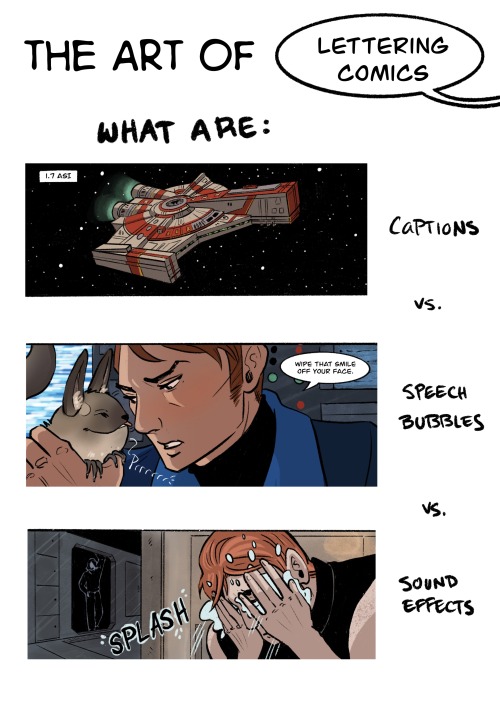

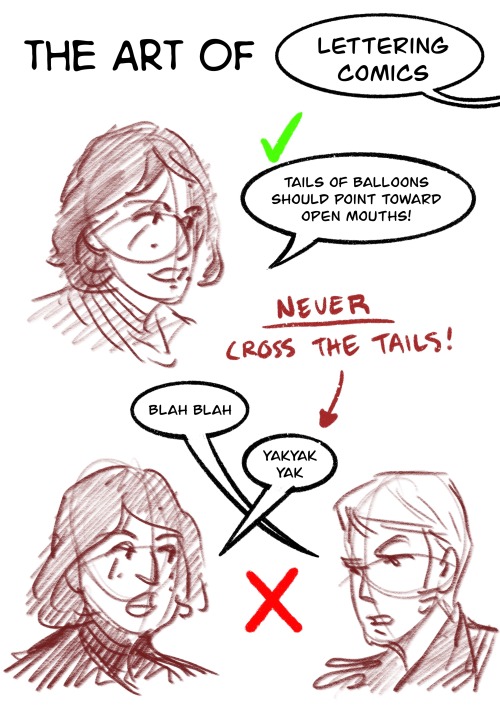
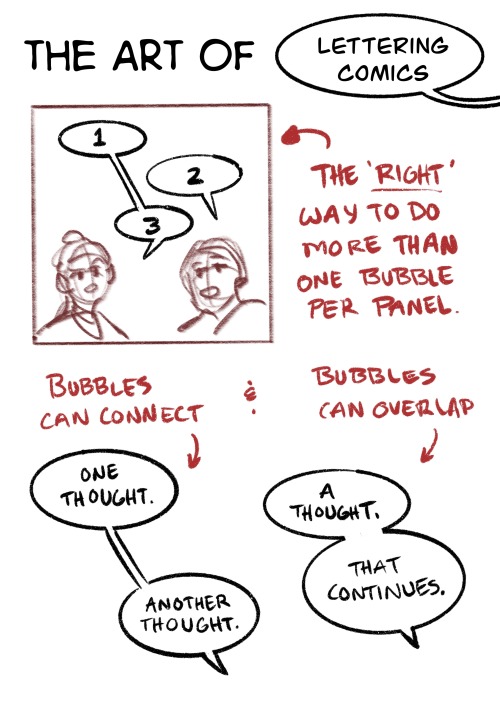
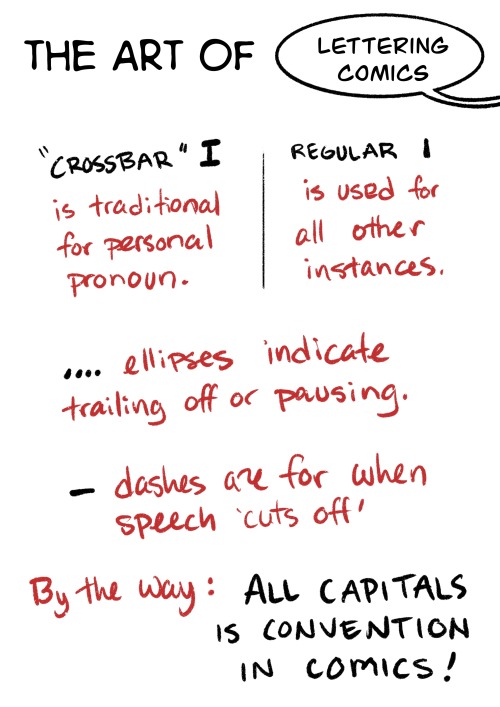
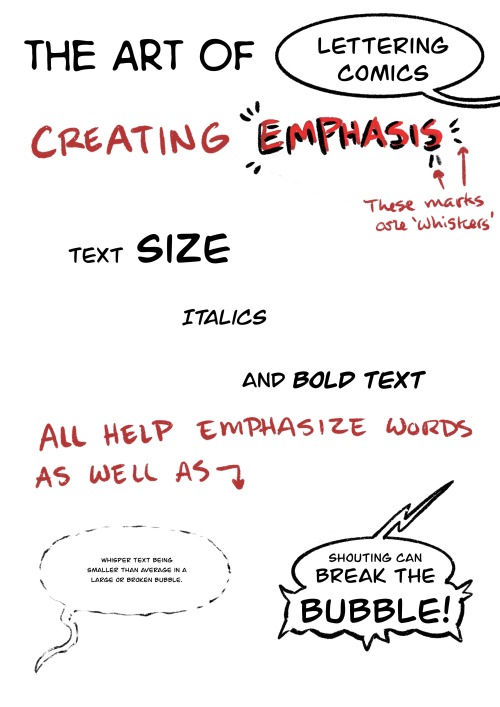
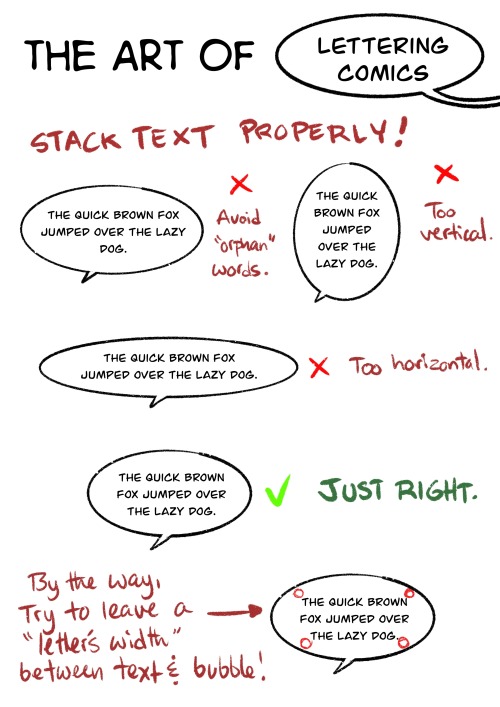
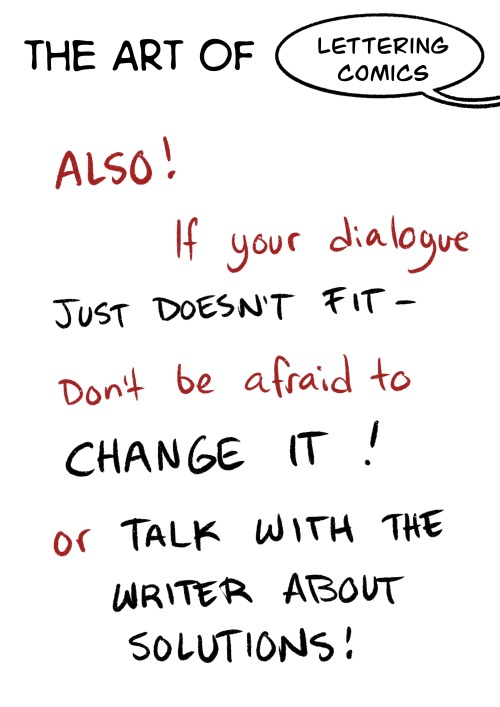
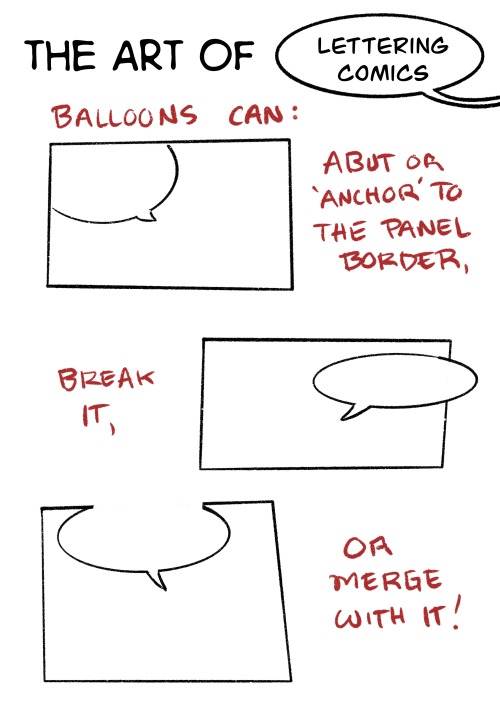
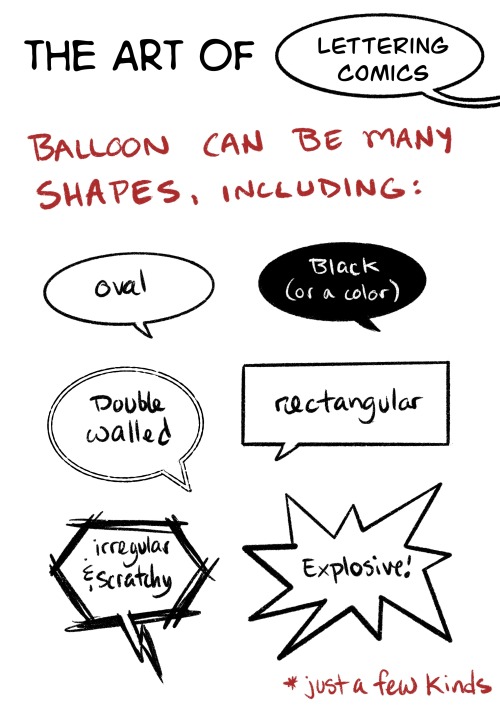
Here’s the first half of slides from my comic class on Lettering!
Rest of the slides: https://gingersnappish.tumblr.com/post/616487287636803584/the-rest-of-the-comic-lettering-slides-first



Anatomy Tips by zephy.fr
Support the artist and follow them on Instagram!
Could you do one on how to draw facial features? Lihow do draw nose? How do draw eyes? How do draw lips/mouths? Esp at different angles







this is a more holistic look at drawing faces in perspective
each individual feature could really be its own tutorial
hope this helped!


FLOWER SYMBOLISM IN TOKYO GHOUL
From this gif post (taken with permission)
First off, we have

White carnation: innocence, remembrance
This could both represent the Keneki we see at the beginning of the series, and the inner reminiscing of the past by the current Kaneki.
Don’t forget, don’t forget
Remember who I am
The flower was stained in blood, resulting in a

Striped Carnation: refusal (I’m sorry I can’t be with you, but I wish I could)
This could be viewed as his necessary rejection of his past self, regardless of how strongly he has been clinging on to it so far. This reminds me of these two separate lines from the OP
The me that has stood in this shaken, distorted world-
Was pierced by the memory of the time I laughed so innocently
It starts as just a droplet of doubt, but Kaneki has to accept the reality, no matter how unpleasant it is
and finally,

Red Spider Lily/ Higanbana: the flower of death
Higanbana is a very famous flower in Japan so the meaning is clear here. This flower is associated with loss, longing, abandonment and lost memories. It is believed that if one meets a person one will never see again, this flower will grow along one’s path. I find that there are elements of yearning and regret a midst the finality and interpret this as Kaneki being forced to abandon it all- the death to his former self.
I have changed; I can’t return anymore
Hi mani ! I started to draw recently and not very sure of my talent I want to improve ,got any tips for me ? Have a lovely day ❤💕
Hello~ and thank you, wish you a wonderful day, dear 🌟
I wanna preface this by saying I’m self-taught, so I probably lack so much of the basics, heh. Everything I say here is based on my personal experience!
Love that you’re eager 💪🔥
It’s a fairly wide range, art is, I don’t know what you want to accomplish in it or what to say to guide you in specific terms, but since you came to me I’ll assume that drawing characters is in your list of interest at least, and I’ll gladly give you general pointers to how to go about it— like in your thought process indulging in drawing.
The first and the most important thing about drawing for me is to enjoy it. If you don’t, it’s frustration, and that probably will not encourage you to get better or have you tolerate the tedious parts of it, heh. Enjoy what you do right now, and never worry because the next one will be always better just simply because of practice, e.x. you’d be training your hands to do certain strokes easier and faster and overall shape your ability. I like to show you my first character, the first masterpiece I considered and still it’s counts as one— I enjoyed the fudge of it, I remember how I was proudly making his eyes mixture of lilac and blue.
Medo, the linker of fairies, 14 years apart from newest in 2018

Don’t be intimidated to do what you really want no matter how hard it looks, if you like it enough you’ll be always on the search for a way to execute. Again, by continuance practice, you automatically train yourself and get better at it, rather than just setting it on a stool and considering it above your abilities. It’s as simple as if you don’t start doing it, you won’t get anywhere with it.
Use tons of reference of things you like, don’t be afraid to, you need a base to start. And please be wary of credit rights and so on.
You can draw anywhere, take as long as you like. You don’t have to set a limitation of time and place to do it, I know I have always done so and it never helped me to do much, but if you function in reverse, set yourself a time and prepare the place to do so, set the mood 🌟
Remember that you don’t need to know how to draw everything to make art. That being said; the more you know the better you can deliver the image and form it the way you wanted. So it’s all about choosing what you want to make, really.
Don’t be discouraged by other people’s views of your piece if you did not expect it, if anything they can be a fresher set of eyes that may spot something you have never noticed (Such as me and not noticing drawing Sev in heels, heh). And remember there’s a massive difference between constructive criticism and rudeness when you find yourself confronted with a situation using the term criticism to justify rudeness. Either way, it lies with you to give it real weight, try to always take from them what inspires you to be better💛
Your art process is yours, not the others’. What works for some might not work for others, and there are always other ways to do it and much to explore and find out. You can have a comfort zone and you can step outside it whenever it suits you.
Now to the actual art advice, I can split them into three broad sections: A good structure, need to learn and observe body’s and shape’s anatomy. Understand basic color theories and how to choose what harmonise with each other. And lastly, inspiration! And you can find all your needs in the endless art tutorials online.
Here are random simple artistic tips about characters that I do:
• Try to distinguish your character with basic shapes for their facial features. Example; Juicy has an oval face, square nose, narrow eyes. Severus has a sort of a triangle face and a triangle nose as well. Albus has a square face and a broken arrow nose, and so one. The same goes for the rest of the body parts.

• Color, hot with cold background, cold with hot background! I made an old post about it here. It gives an easy satisfying look to your piece if you try and include the character with the background.

• Just go wild cuz honestly 57% of the time I don’t know what I’m doing, hehehe
I’m sorry if that’s not the thorough answer you looking for and I hope this helps you in any way.
-
 cursedcrowscaw liked this · 1 month ago
cursedcrowscaw liked this · 1 month ago -
 disorganisedautodidact liked this · 3 months ago
disorganisedautodidact liked this · 3 months ago -
 pheasantics liked this · 11 months ago
pheasantics liked this · 11 months ago -
 artking-4 reblogged this · 1 year ago
artking-4 reblogged this · 1 year ago -
 elysium-heights liked this · 1 year ago
elysium-heights liked this · 1 year ago -
 shadowamongfireworks reblogged this · 1 year ago
shadowamongfireworks reblogged this · 1 year ago -
 shadowamongfireworks liked this · 1 year ago
shadowamongfireworks liked this · 1 year ago -
 fantasticcreationpolice liked this · 1 year ago
fantasticcreationpolice liked this · 1 year ago -
 hahaconfusion liked this · 1 year ago
hahaconfusion liked this · 1 year ago -
 cannedmilkside reblogged this · 1 year ago
cannedmilkside reblogged this · 1 year ago -
 cherlilyy liked this · 1 year ago
cherlilyy liked this · 1 year ago -
 man-on-the-cd reblogged this · 1 year ago
man-on-the-cd reblogged this · 1 year ago -
 man-on-the-cd liked this · 1 year ago
man-on-the-cd liked this · 1 year ago -
 man-on-the-cd reblogged this · 1 year ago
man-on-the-cd reblogged this · 1 year ago -
 amangerine liked this · 1 year ago
amangerine liked this · 1 year ago -
 ktkilelanx liked this · 1 year ago
ktkilelanx liked this · 1 year ago -
 fionnazone liked this · 1 year ago
fionnazone liked this · 1 year ago -
 madnessium liked this · 1 year ago
madnessium liked this · 1 year ago -
 oakyno liked this · 2 years ago
oakyno liked this · 2 years ago -
 kpoppingandneverstopping reblogged this · 2 years ago
kpoppingandneverstopping reblogged this · 2 years ago -
 flare281 liked this · 2 years ago
flare281 liked this · 2 years ago -
 whackystick liked this · 2 years ago
whackystick liked this · 2 years ago -
 thetruescout reblogged this · 2 years ago
thetruescout reblogged this · 2 years ago -
 feralanimosity reblogged this · 2 years ago
feralanimosity reblogged this · 2 years ago -
 feralanimosity liked this · 2 years ago
feralanimosity liked this · 2 years ago -
 kate808 liked this · 2 years ago
kate808 liked this · 2 years ago -
 man-on-the-cd reblogged this · 2 years ago
man-on-the-cd reblogged this · 2 years ago -
 athingcalledwild liked this · 2 years ago
athingcalledwild liked this · 2 years ago -
 man-on-the-cd reblogged this · 2 years ago
man-on-the-cd reblogged this · 2 years ago -
 pearl-grey-tea liked this · 2 years ago
pearl-grey-tea liked this · 2 years ago -
 cosmic-goof reblogged this · 2 years ago
cosmic-goof reblogged this · 2 years ago -
 cosmic-goof liked this · 2 years ago
cosmic-goof liked this · 2 years ago -
 kiityguy liked this · 2 years ago
kiityguy liked this · 2 years ago -
 laiosrody liked this · 2 years ago
laiosrody liked this · 2 years ago -
 artistafrustadomain liked this · 2 years ago
artistafrustadomain liked this · 2 years ago -
 itscryptifssil reblogged this · 2 years ago
itscryptifssil reblogged this · 2 years ago -
 maniaeofmadness liked this · 2 years ago
maniaeofmadness liked this · 2 years ago -
 polygonlemon liked this · 2 years ago
polygonlemon liked this · 2 years ago -
 falcondoingdoodles liked this · 2 years ago
falcondoingdoodles liked this · 2 years ago -
 straystorm99 liked this · 2 years ago
straystorm99 liked this · 2 years ago -
 wizardofthecave liked this · 2 years ago
wizardofthecave liked this · 2 years ago -
 artieblogs liked this · 2 years ago
artieblogs liked this · 2 years ago -
 sevensees7 liked this · 2 years ago
sevensees7 liked this · 2 years ago

Sylwester | i will mostly post sketches, because i'm too lazy to end them
196 posts